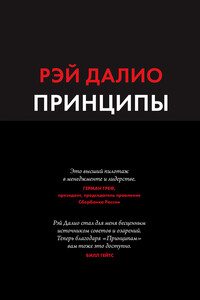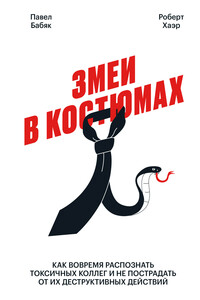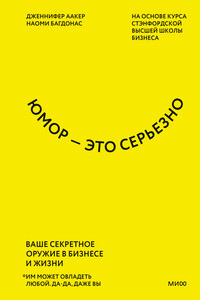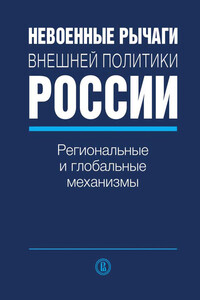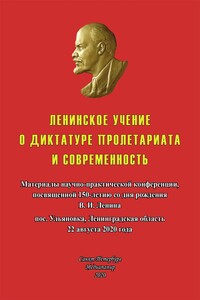Экспонента - страница 141
Langner, Ralph, To Kill a Centrifuge: A Technical Analysis of What Stuxnet’s Creators Tried to Achieve (The Langner Group, November 2013). https://www.langner.com/to-kill-a-centrifuge/.
Lazarsfeld, Paul F., and Robert K. Merton, “Friendship as a Social Process: A Substantive and Methodological Analysis,” in Morroe Berger, Theodore Abel, and Charles H. Page, eds, Freedom and Control in Modern Society, (NewYork: Van Nostrand, 1954), pp. 18–66. https://archive.org/stream/in.ernet.dli.2015.498862/2015.498862.Freedom-and_djvu.txt.
Ledford, Heidi, “Millions of Black People Affected by Racial Bias in Health-Care Algorithms,” Nature, 574(7780), 2019, pp. 608–609. https://doi.org/10.1038/d41586-019-03228-6.
Lee, Neil, and Stephen Clarke, “Do Low-Skilled Workers Gain from High-Tech Employment Growth? High-Technology Multipliers, Employment and Wages in Britain,” Research Policy, 48(9), November 2019, 103803. https://doi.org/10.1016/j.respol.2019.05.012.
Leiserson, Charles E., Neil C. Thompson, Joel S. Emer, Bradley C. Kuszmaul, Butler W. Lampson, Daniel Sanchez et al., “There’s Plenty of Room at the Top: What Will Drive Computer Performance after Moore’s Law?” Science, 368(6495), June 2020. https://doi.org/10.1126/science.aam9744.
Lessig, Lawrence, “Code Is Law,” Harvard Magazine, January 1, 2000. https://harvardmagazine.com/2000/01/code-is-law-html.
Levinson, Marc, Outside the Box: How Globalization Changed from Moving Stuff to Spreading Ideas (Princeton, NJ: Princeton University Press, 2020).
Levy, Matthew R., and Joshua Tasoff, “Exponential-Growth Bias and Overconfidence,” Journal of Economic Psychology, 58, 2017, pp. 1–14. https://doi.org/10.1016/j.joep.2016.11.001.
Maddison, Angus, Contours of the World Economy, 1–2030 AD: Essays in Macro-Economic History (Oxford; New York: Oxford University Press, 2007).
Mann, Jindan-Karena, “Autonomous Weapons Systems and the Liability Gap, Part One: Introduction to Autonomous Weapons Systems and International Criminal Liability,” Rethinking SLIC, 2019. https://www.rethinkingslic.org/blog/criminal-law/51-autonomous-weapons-systems-and-the-liability-gap-part-one-introduction-to-autonomous-weapon-systems-and-international-criminal-liability.
Manyika, James, Susan Lund, Kelsey Robinson, John Valentino and Richard Dobbs, Connecting Talent with Opportunity in the Digital Age (McKinsey &Company, June 1, 2015). https://www.mckinsey.com/featured-insights/employment-and-growth/connecting-talent-with-opportunity-in-the-digital-age.
Manyika, James, Jan Michke, Jacques Bughin, Jonathan Woetzel, Mekala Krishnan and Samuel Cudre, A New Look at the Declining Labor Share of Income in the United States (McKinsey Global Institute, May 2019). https://www.mckinsey.com/featured-insights/employment-and-growth/a-new-look-at-the-declining-labor-share-of-income-in-the-united-states.
Manyika, James, Sree Ramaswamy, Jacques Bughin, Jonathan Woetzel, Michael Birshan and Zubin Nagpal, “ ‘Superstars’: The Dynamics of Firms, Sectors, and Cities Leading the Global Economy” (McKinsey & Company, 24 October 2018). https://www.mckinsey.com/featured-insights/innovation-and-growth/superstars-the-dynamics-of-firms-sectors-and-cities-leading-the-global-economy.
Martin, Diego A., Jacob N. Shapiro and Julia Ilhardt, Trends in Online Influence Efforts (Empircal Studies of Conflict Project, 2020). https://esoc.princeton.edu/publications/trends-online-influence-efforts.
Mayer, Hannah, Karim Lakhani, Marco Iansiti and Kerry Herman, “AI Puts Moderna within Striking Distance of Beating COVID-19,” Harvard Business School Digital Initiative, November 24, 2020. https://digital.hbs.edu/artificial-intelligence-machine-learning/ai-puts-moderna-within-striking-distance-of-beating-covid-19/.
Mazzucato, Mariana, The Entrepreneurial State: Debunking Public vs. Private Sector Myths (London: Penguin Books, 2018).
McCoy, Jennifer, and Murat Somer, “Toward a Theory of Pernicious Polarization and How It Harms Democracies: Comparative Evidence and Possible Remedies,” The Annals of the American Academy of Political and Social Science
